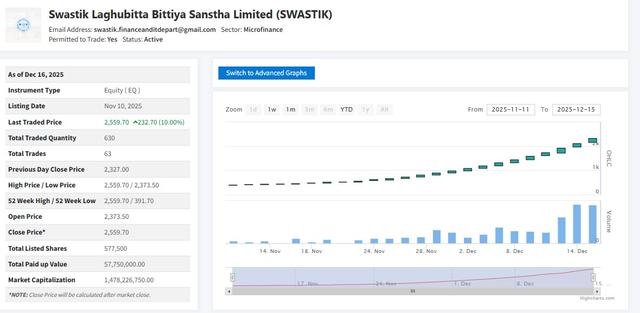Non-Banking Assets and Loan Write-Offs Surge in BFIs
Author
NEPSE TRADING

Non-banking assets (NBA) and loan write-offs in banks and financial institutions (BFIs) have surged sharply as sluggish economic activities weakened borrowers’ repayment capacity. In the last fiscal year alone, NBAs rose by 42%, while loan write-offs jumped by 116%.
According to Nepal Rastra Bank data, by the end of the last fiscal year, the combined NBAs of commercial banks, development banks, and finance companies reached NPR 50.55 billion, up from NPR 35.50 billion a year earlier — an increase of more than NPR 15 billion. Commercial banks alone hold NBAs worth NPR 42.77 billion.
Similarly, total loan write-offs stood at NPR 8.70 billion, more than double compared to the previous year. Commercial banks accounted for the bulk of this figure, writing off loans worth NPR 8.24 billion.
The removal of COVID-era relief measures has worsened repayment issues, as borrowers’ incomes declined, making it difficult to meet installment payments. Even though banks attempted to auction collateral, weak real estate demand meant properties could not be sold, forcing banks to absorb collateral themselves — which then gets recorded as NBAs.
Since such assets are difficult to liquidate, they directly hurt banks’ profitability and reduce dividend payouts to shareholders. To address the growing stress, the government has proposed establishing an Asset Management Company (AMC) to manage NBAs, a plan included in both the last monetary policy and the current fiscal year’s budget.
Financial analysts warn that the rapid rise in NBAs and loan write-offs has become a serious challenge to the stability of the banking system. Without effective management, the problem could have long-term consequences for both the investment climate and the stock market.



